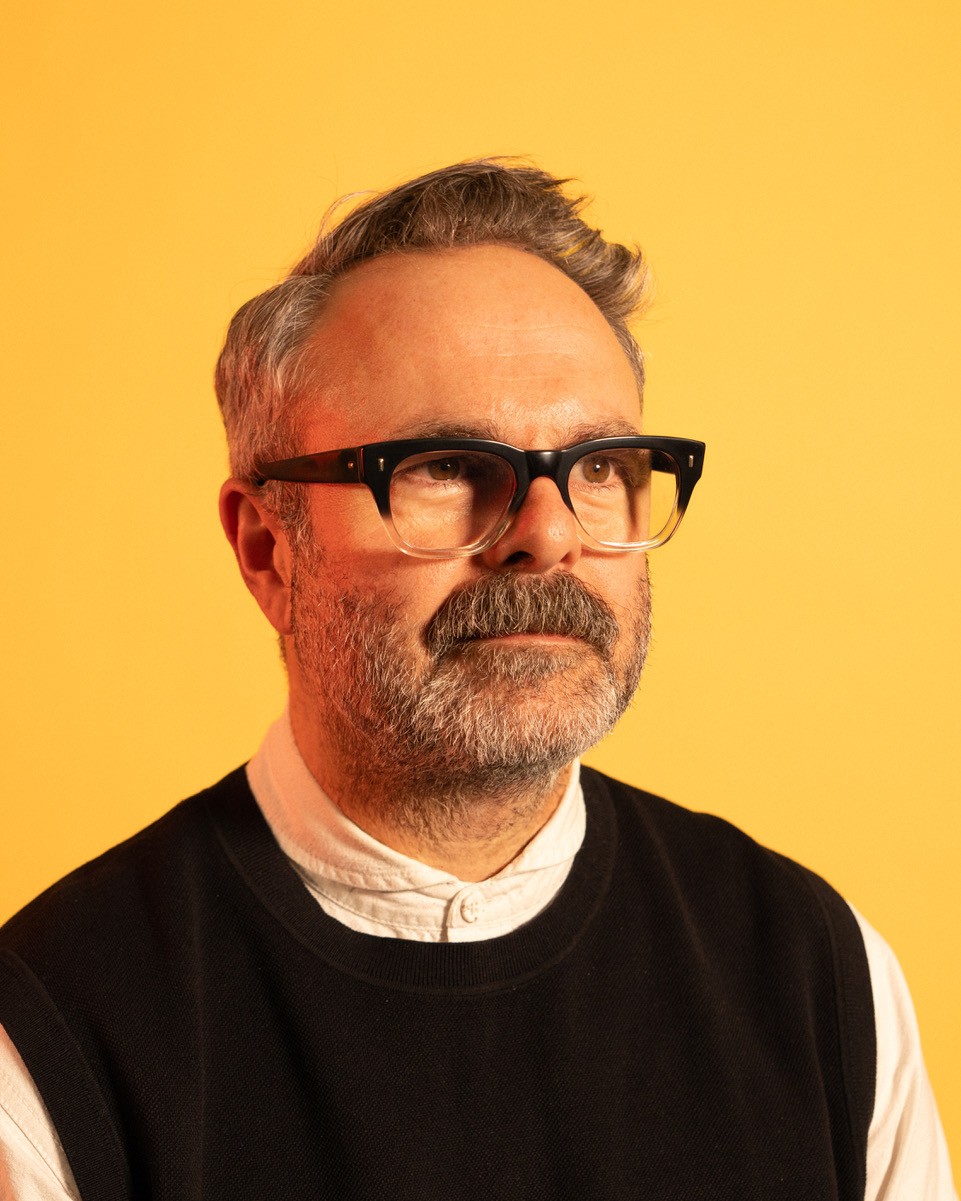As part of our 'In The Spotlight' series, we caught up with Dan Witchell, the Executive Creative Director at Koto. The team at Koto use their optimism to build brand and digital for the most impactful companies of today.
Georgina Bailey spoke with Dan to unpack how he and his team tackle creative challenges to produce good ideas that last.
1. We love the work that Koto do. What drew you to Koto Studio, and how has your journey as an Executive Creative Director evolved since joining the agency?
My relationship to Koto precedes its inception, to be honest. CEO and Founder James Greenfield and I have known each other for nearly 20 years. We worked together in my old studio Proud Creative. My studio work was very aligned to Koto’s - ideas driven creative married with craft, energy and optimism. Initially, I came in to cover James while he was on paternity leave and totally fell in love with the people and culture. The transparency between leadership and team was unlike anything I’d ever seen before. Now I run the studio in London with MD, Katey Harvey; we have carried on that vision as the studio has grown.
2. Koto is known for its bold and distinctive work. How do you define success in your creative projects, and how do you ensure each project meets that standard?
All our projects, whether campaign, digital or brand, are all strategically rigorous. Because of that foundation, it enables solutions that are rich and ideas-based. We have many different ways of judging the strategy and creative, but one specific model asks what is ‘true’ about the business, ‘compelling’ to the audience, and ‘distinctive’ in the sector. When we use that model, it allows us to make solutions that are differentiated in their sector and truly unique to the client.
3. Future of Creative Work: With the rapid advancement of AI and technology, how do you see the role of a creative director evolving in the next decade?
I don’t really see the role of Creative Director changing dramatically; we have always had to adapt to new technologies. I see embracing innovation is very much part of the job, probably one of the most exciting parts, to be honest. Ultimately, as a CD, your role is to orchestrate and curate other people's work, not just designers, but animators, illustrators, writers and photographers. At Koto, we actively embrace innovation and welcome the use of AI through many of our workstreams. This extends to digital and experiential creative - we regularly work with Creative Technologists to make easy-to-use tools for our clients.
4. How do you balance the need for creativity with the strategic goals of clients, especially in high-pressure projects?
The strategic goal of the client is the most important aspect of any project; if you’re not answering that, then you’ve got nothing to talk about beyond graphic design. Koto is not a graphic design studio. The pace at which we work has always been fast, you can see that as high pressure or you can embrace it and adapt your practice to align with it. We started working at this pace to mirror the way our tech clients were working and have been doing it for over ten years. I’m a great believer that restrictions force more interesting solutions, that could be the brief, the sector, the timeline or the budget. More time and bigger budgets do not equal more creative solutions.
5. What are your key principles for fostering an innovative and collaborative culture at Koto?
We work really hard to make our studio a creative, encouraging and secure environment so that everyone, regardless of level or role, feels comfortable expressing themselves and having an opinion. When you open sessions with people knowing there are no wrong answers, it actively encourages left-field thinking, it also rewards experimentation. This is where the good stuff comes from - you can always rein it in, but hard to add more creativity later.
6. During a really competitive time in the creative industry, what advice would you give about building a strong portfolio and standing out in the field?
Make sure the strategic brand idea is clearly felt throughout every single part of the brand expression, from the smallest micro digital interactions to tone of voice and art direction in big marketing messages. Keep it simple, don’t layer up creative ideas on top of one another. There’s nothing new in that, graphic design changes with trends, good ideas last forever - aim high.












